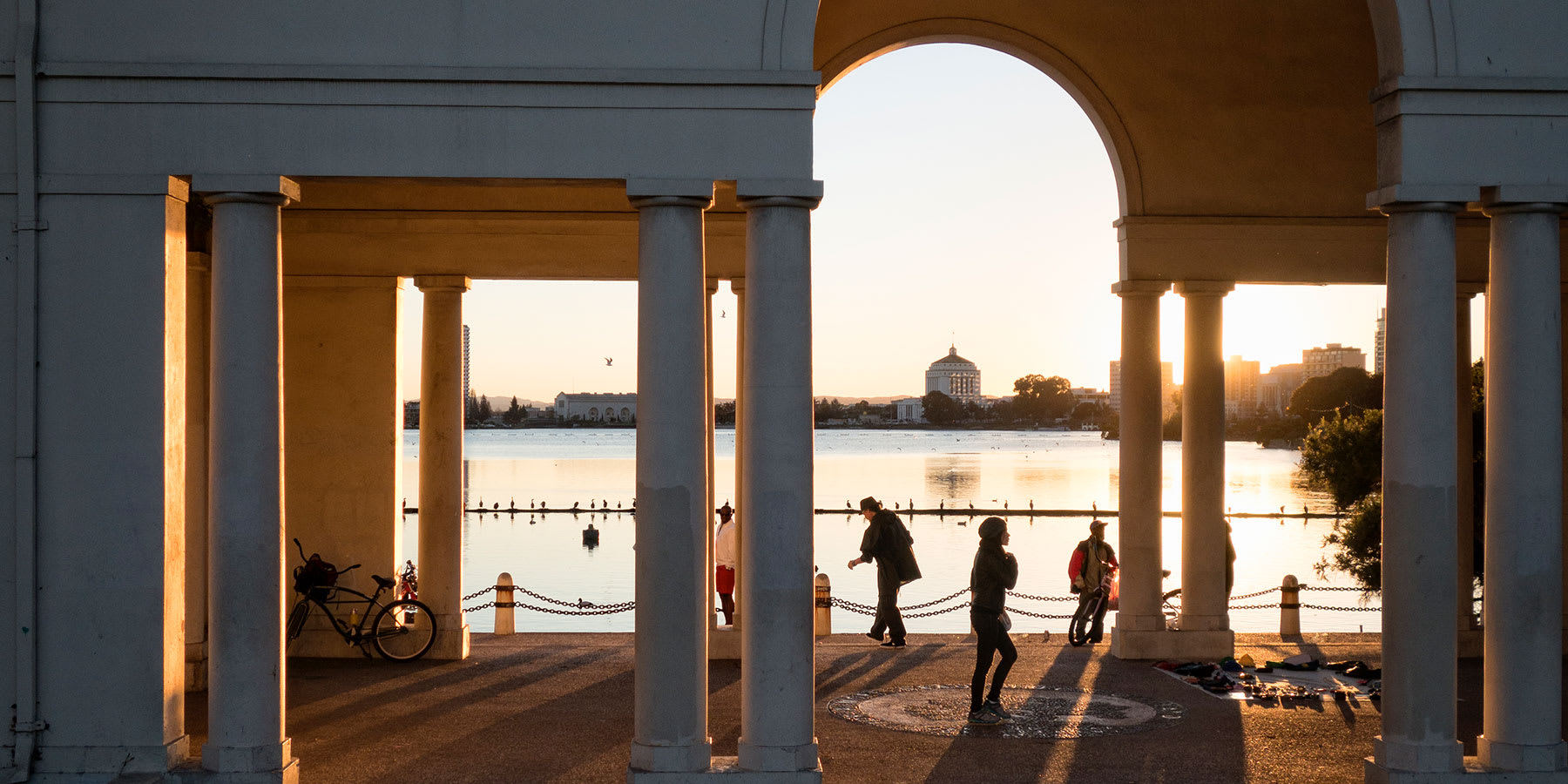News

East Bay Community Energy to Replace PG&E as Berkeley’s Main Electricity Provide
Source: The Daily Californian
Berkeley Mayor Jesse Arreguín announced Monday that East Bay Community Energy, or EBCE, will replace PG&E in June as the main power provider for Berkeley in an attempt to move toward greener energy.
The replacement will occur in 11 cities in Alameda County and in its unincorporated regions. PG&E will still maintain the power grid, respond to power outages and handle customer service and billing. EBCE, however, will be responsible for purchasing electricity from greener sources.
“It’s exciting to see this important initiative launch,” said Andy Katz, a member of the board of directors of the East Bay Municipal Utility District.
Berkeley City Council approved Berkeley’s membership in EBCE in November 2016. The program was officially established in December 2016 by a joint powers agreement between Alameda County and 11 of its cities. It utilizes an energy model known as Community Choice Energy, or CCE, which “pools the electric load” of customers within a certain region to buy alternative power sources, which are often cleaner and cheaper.
EBCE will provide two electricity services to its customers — a standard option called Bright Choice and an optional, 100 percent carbon-free option called Brilliant 100. All Berkeley residents will automatically be enrolled in Bright Choice in November, according to the Office of Energy & Sustainable Development’s website. Customers will have the option to “opt up” to Brilliant 100 or to opt out of the program completely and continue buying power from PG&E.
The Bright Choice plan is 38 percent renewable and 85 percent carbon-free, compared to PG&E’s 2017 power mix, which was 33 percent renewable and 79 percent carbon-free. The Bright Choice option will cost customers 1.5 percent less than PG&E rates, while Brilliant 100 is offered at current PG&E rates, according to Annie Henderson, EBCE’s vice president of marketing and account services.
“The goals of EBCE are to deliver power that is greener than PG&E at a lower cost,” Henderson said.
Henderson attributed EBCE’s cheaper rates to a number of factors, including a competitive bid solicitation process from private companies, lower administrative costs and the organization’s nonprofit status, which allows it to reinvest its net revenue into the community.
“When we say reinvestment in the community, it can mean a number of things,” Henderson said. “It can mean we fund specific rebate and incentive programs, like solar and storage. But the revenues can also be used for a rate stabilization fund and things of that nature, where we’re putting money aside that hedges any cost increases due to market changes.”
Igor Tregub, chair-elect of the Sierra Club San Francisco Bay Chapter, said he supports the CCE program because he believes that “it is the best way to reduce greenhouse gas emissions … and to create new clean energy jobs.”
Henderson acknowledged that a California law known as SB 350 mandates that all electricity must be 50 percent renewable by 2030, which means PG&E will eventually reach this goal.
“EBCE hopes to get there faster,” Henderson said. “And we want to do that by developing local renewables, which is not a mandate that PG&E has.”